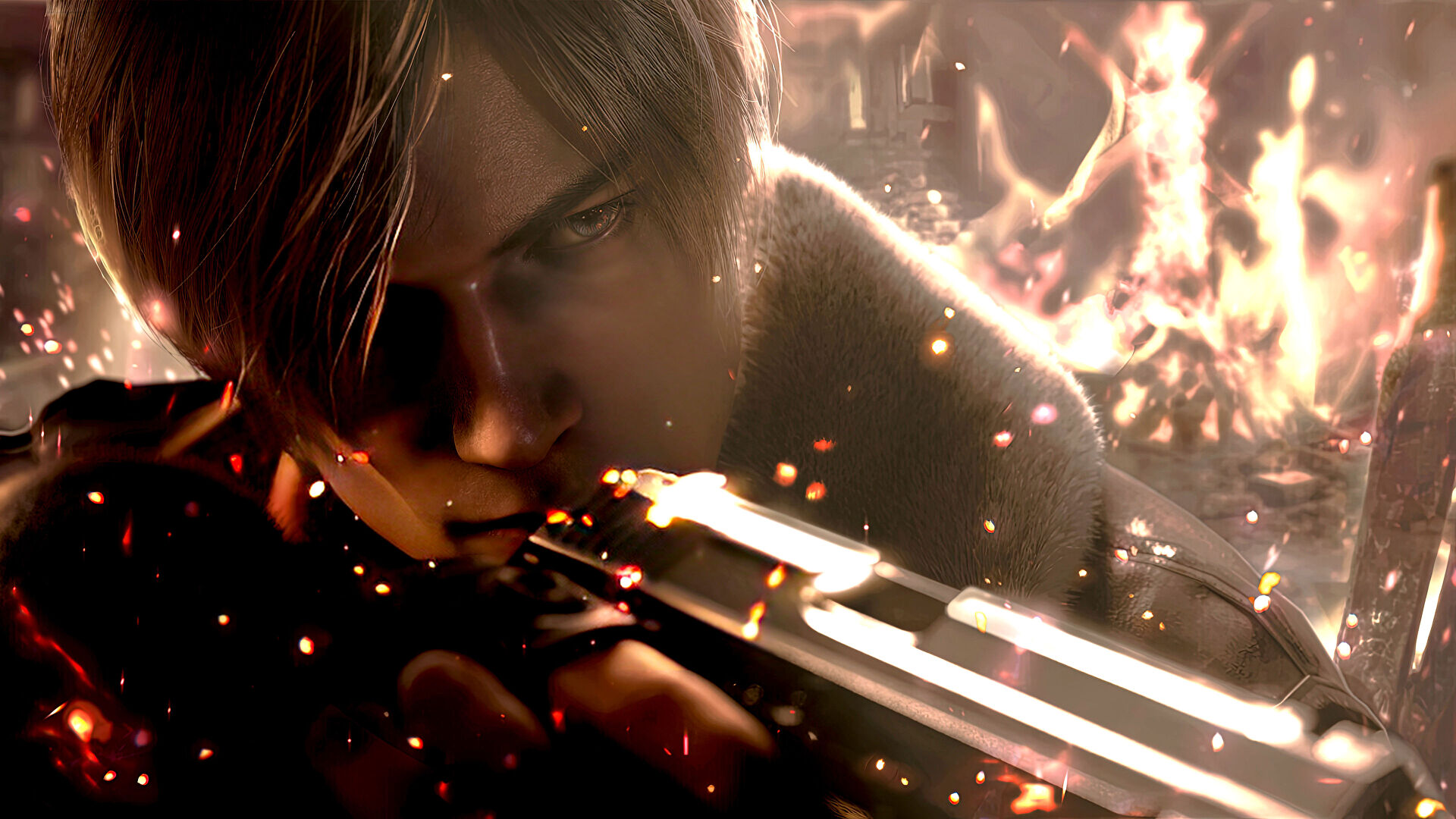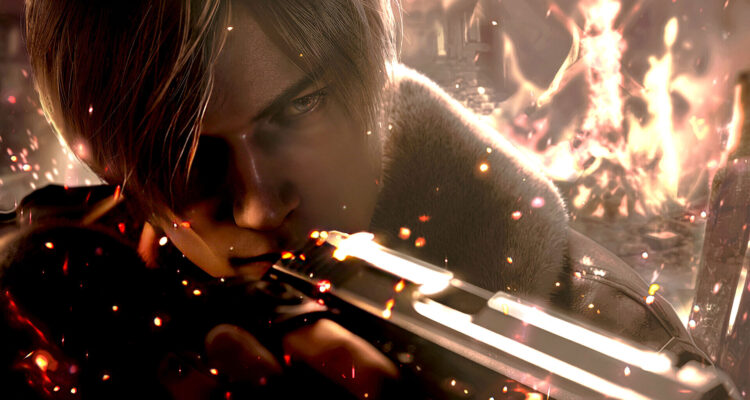
Resident Evil 4 is perhaps the most highly anticipated remake of the year – and it’s not hard to see why, promising a full redesign of a highly decorated game with a ton of new content and reworked mechanics. It’s an excellent-looking game too with fine-grained indirect lighting and attractive artwork. However, recent Resident Evil titles have suffered from awkward configurations on consoles with uncapped frame-rates and unimpressive ray tracing support. The RE Engine itself is powerful enough, but the deployment of its high-end features has raised some questions. So is Resident Evil 4 a step up from those prior efforts or does it repeat the sins of the past?
This is a technically dense game with a lot of interesting and bizarre technical minutiae, so let’s try to keep it brisk. All current-gen consoles pack a frame-rate mode and a resolution mode, plus some other toggles that we’ll address shortly. Both options target 60fps but image quality differs quite a bit – and not really in the ways that you’d expect. Series X, for its part, is pretty well-behaved.The frame-rate mode hits roughly 1800p and the resolution mode comes in at 2160p. The game appears to use a form of reconstruction to hit that output – very likely checkerboarding, based on the game’s artifact patterns and the use of the technique in recent RE Engine games – and the results here are serviceable. The resolution mode is a bit clearer, though both options hold up pretty similarly at a typical viewing distance, especially given the dark and low-contrast game content which tends to suit a less precise look just fine.
The PS5 looks substantially blurrier in head-to-heads relative to Series X, although curiously, pixel counts in frame-rate mode actually seem higher, coming in at around 1944p, while the resolution mode clocks in at the same 2160p as its Xbox equivalent, again with checkerboarding engaged. Across opaque surfaces, the game has a slightly smeary representation of fine detail across both visual modes. More concerning though is the breakup on transparencies – when Leon’s hair is moving, for instance, it has an aliased, half-resolution look, while Series X stays relatively coherent and free of jagged edges.





